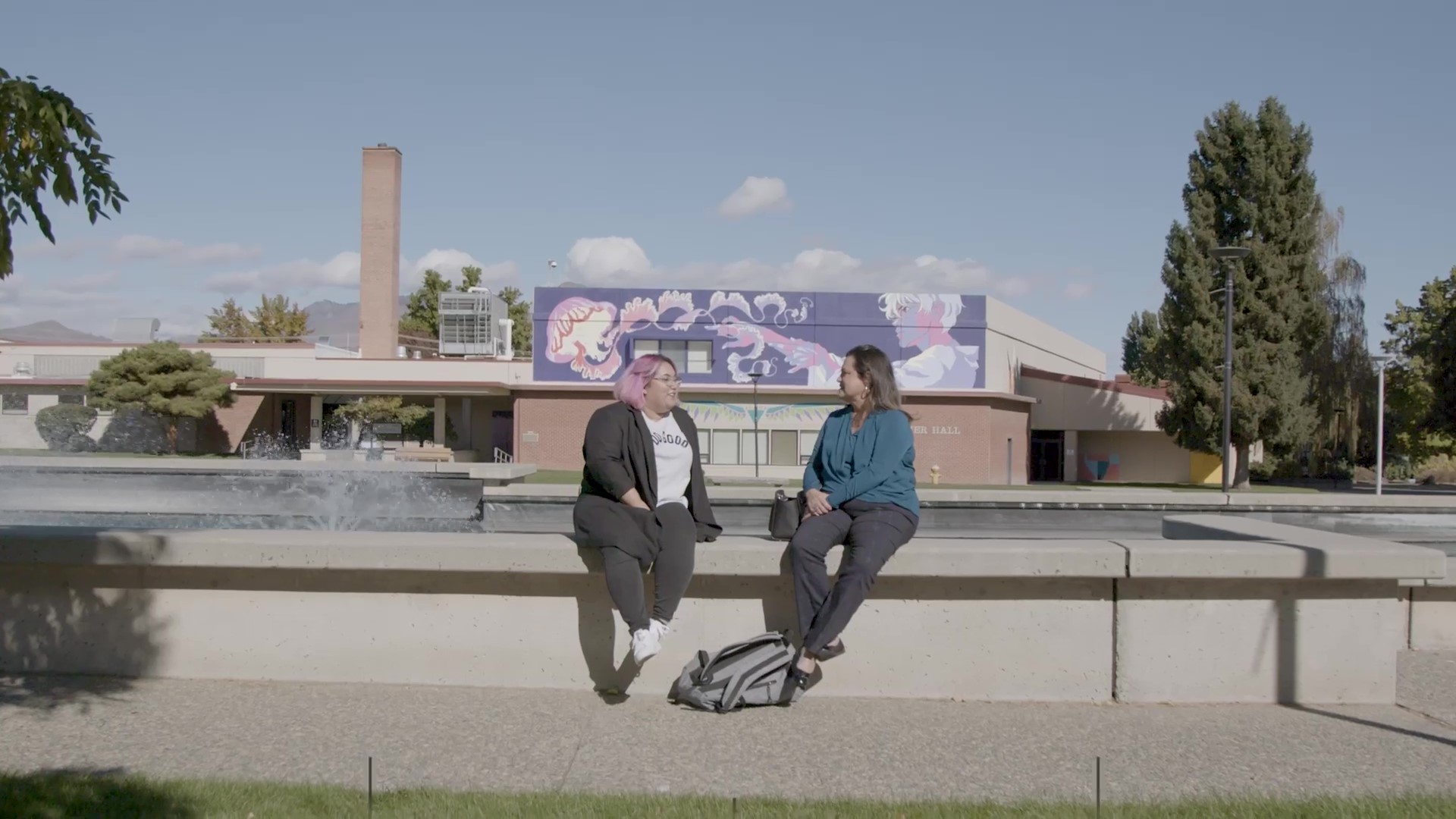
Karina Tobar Tackles Educator Diversity Through the Guided Pathways IDEAL Fellowship
“I can count on one hand the number of teachers of color I had growing up,” reminisces Karina Tobar, a recent graduate of Wenatchee Valley College. “One of them was my high school French teacher who was especially attentive to her students and that connection kept me grounded in my education.”
At Wenatchee Valley College, Karina served as Director of Diversity for the Student Senate. With her passion for student advocacy, she participated in the Guided Pathways IDEAL Fellowship, an Initiative in Diversity, Equity, and Anti-racism Leadership for students at community and technical colleges to examine how community colleges can disrupt structural inequity through design principles that affect practices and policies that impact students.

Teachers of color matter for students of color to succeed. There’s a gap in representation and it’s holding all students back.
Tobar, along with three of her peers, studied educator diversity on campus. “Teachers of color matter for students of color to succeed,” Tobar said. “There’s a gap in representation and it’s holding all students back.”
Research shows that establishing a diverse workforce is key to closing student achievement and opportunity gaps. Teachers who are of the same race as their students are especially suited to understand students’ cultural experiences and therefore, are likely to employ instructional practices responsive to cultural strengths (Villegas & Irvine, 2010).
A diverse workforce is associated with improved academic outcomes on standardized tests, attendance, retention, advanced-level course enrollment, graduation rates, and college-entrance for students of color.
The demographic data reveals the scope of the problem. Nearly 80 percent of teachers are white, but a majority of students are people of color. We must do the hard work of addressing the diversity problem in our teaching workforce. Students need to see their own cultures reflected in the adults responsible for their learning.
To develop, support, and retain a diverse educator workforce, Tobar recommended addressing hiring practices and mentoring opportunities. “Promoting racial, ethnic, and linguistic diversity in hiring practices is essential.”
To address the disproportionate levels of attrition among new educators of color, campuses can also prioritize building mentors’ capacity to improve diversity, equity, and inclusion in induction programs.
“Teacher diversity matters,” Tobar said. “The real question is how can we challenge our education systems, not just to recruit more teachers of color, but to dismantle the inequitable and exclusionary practices that push teachers of color out of classrooms in the first place?”



